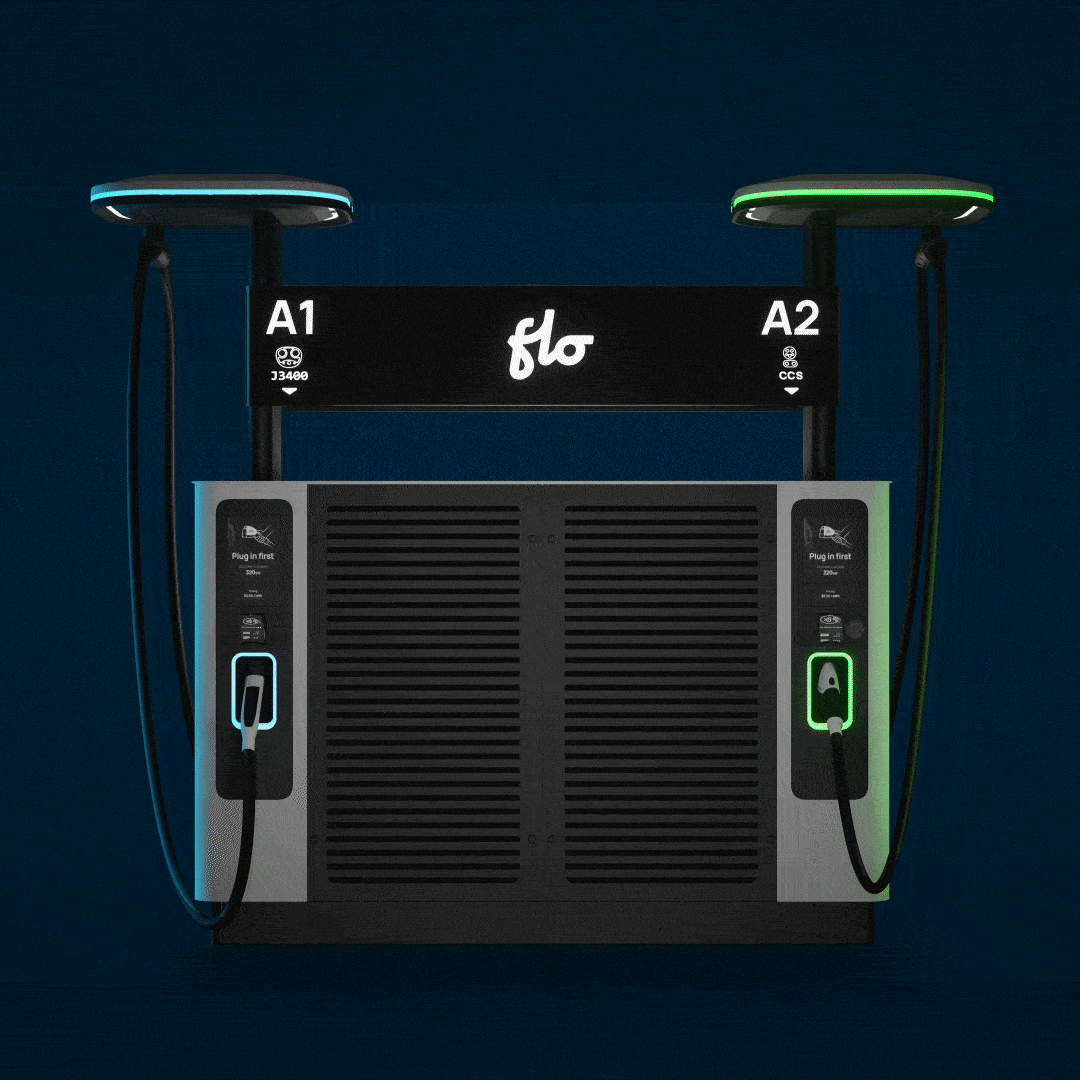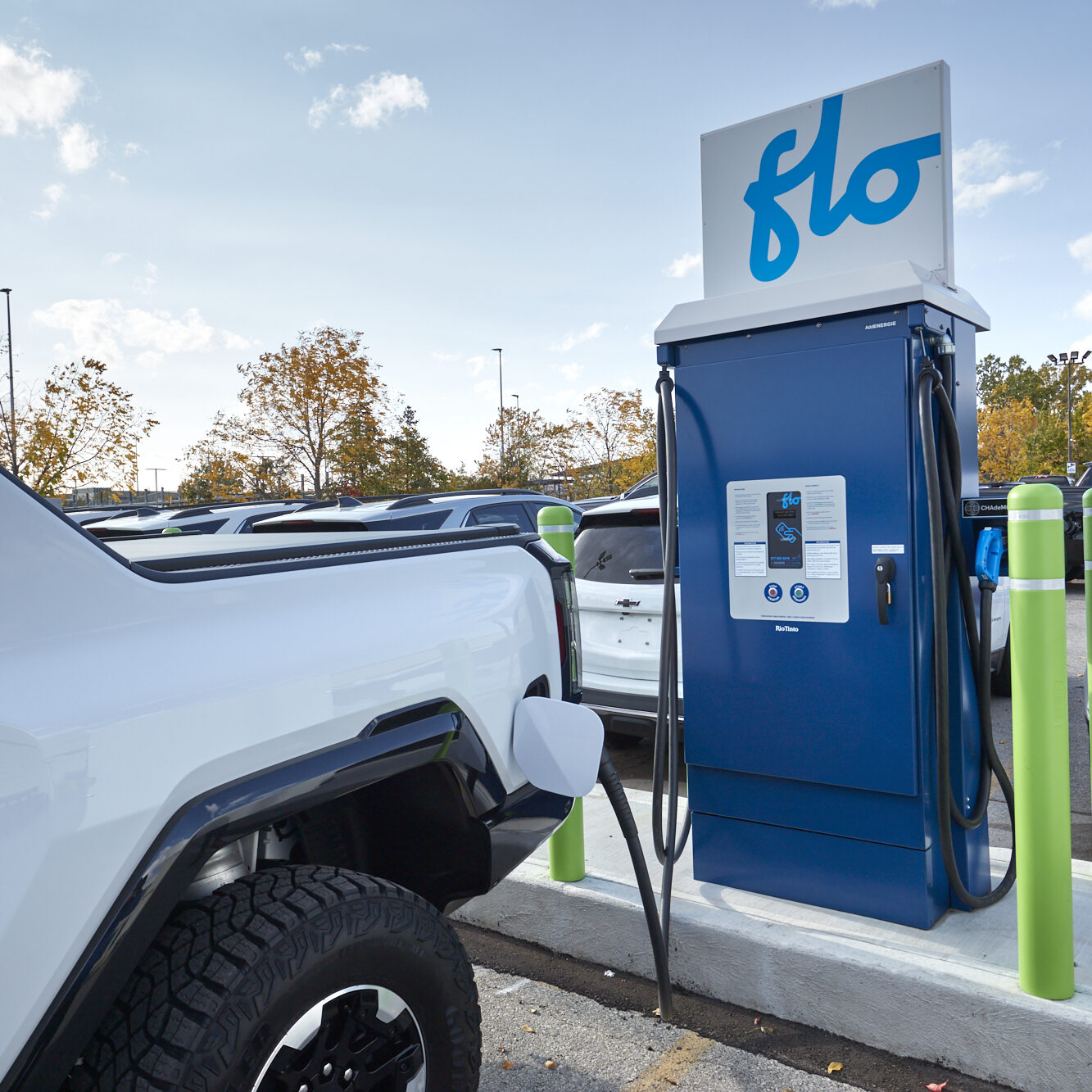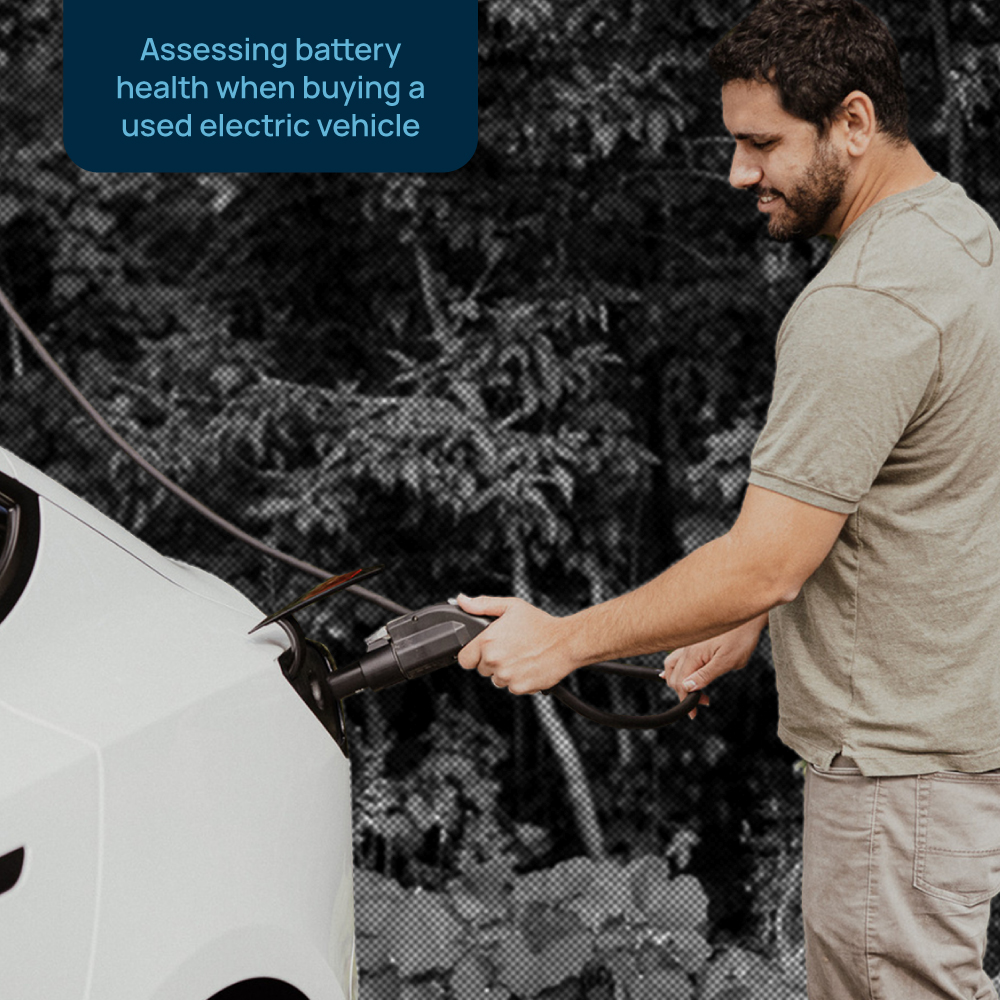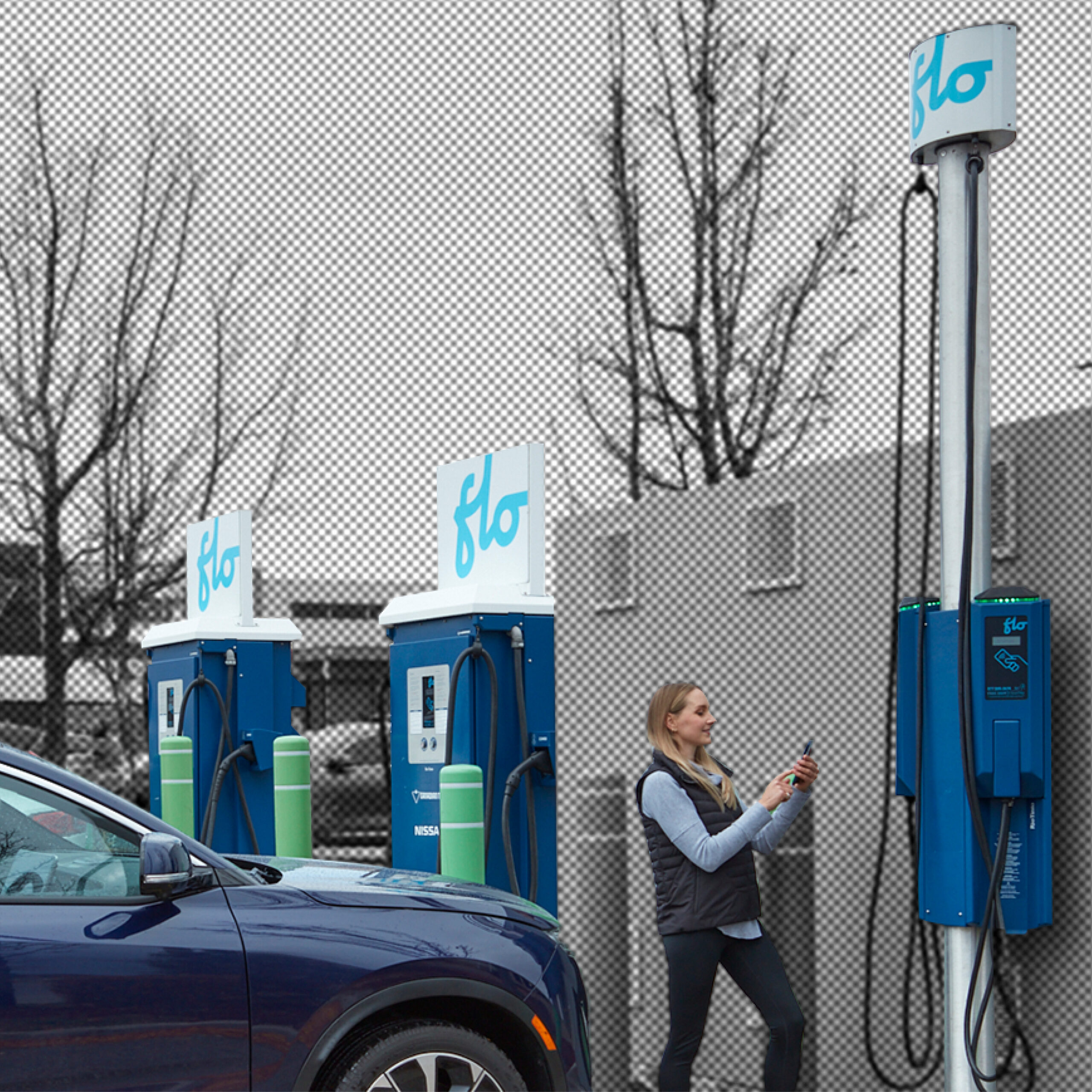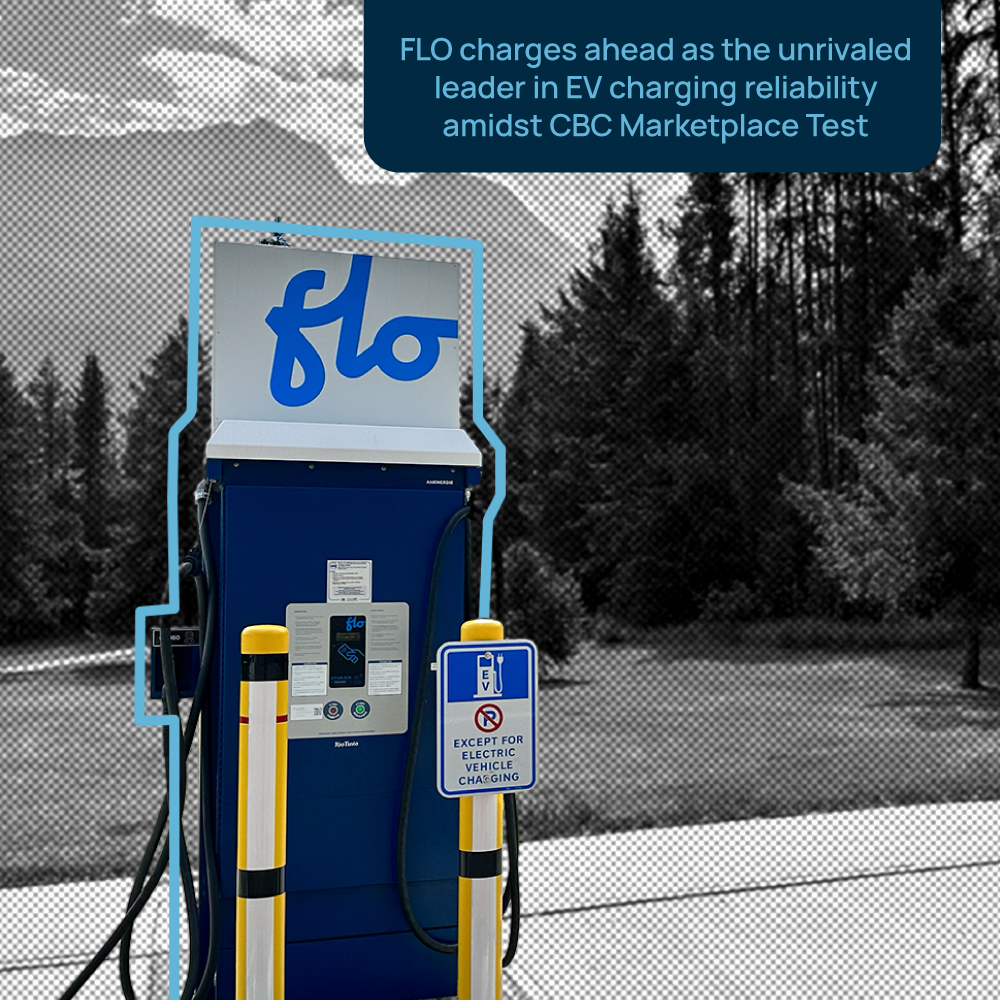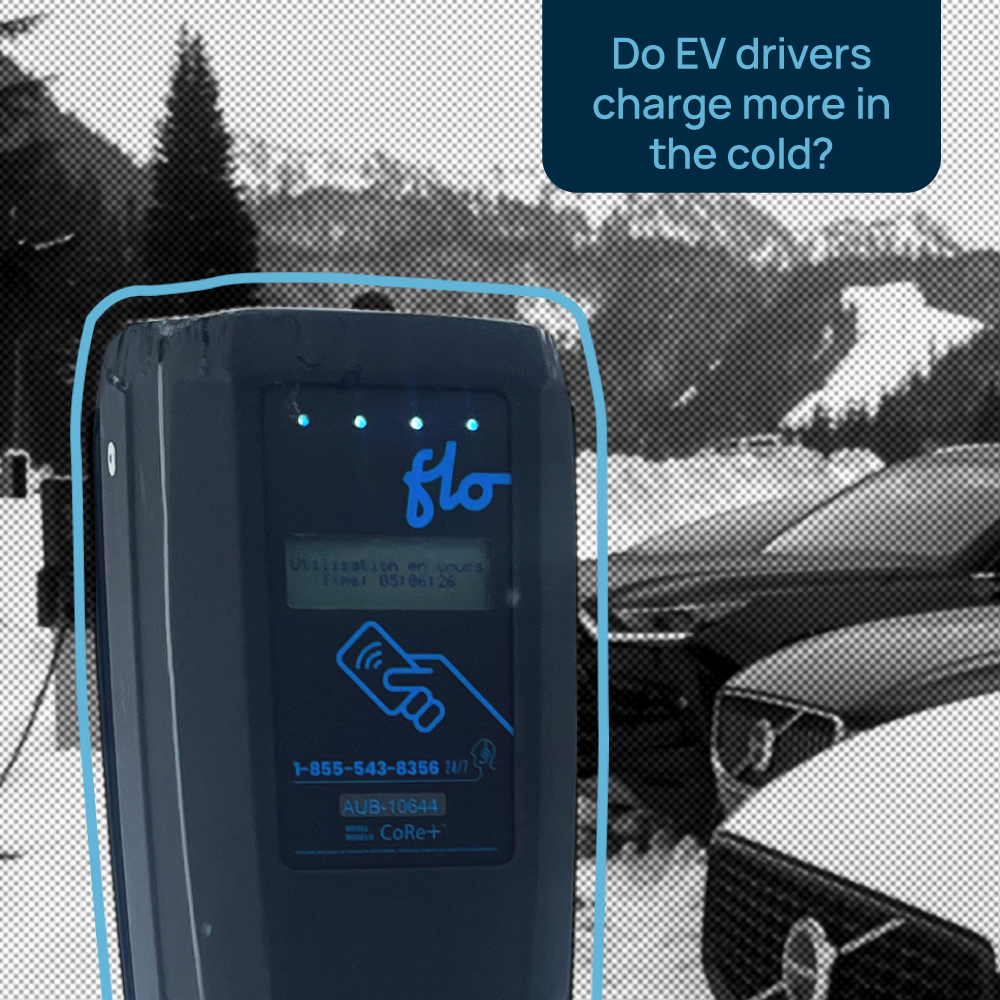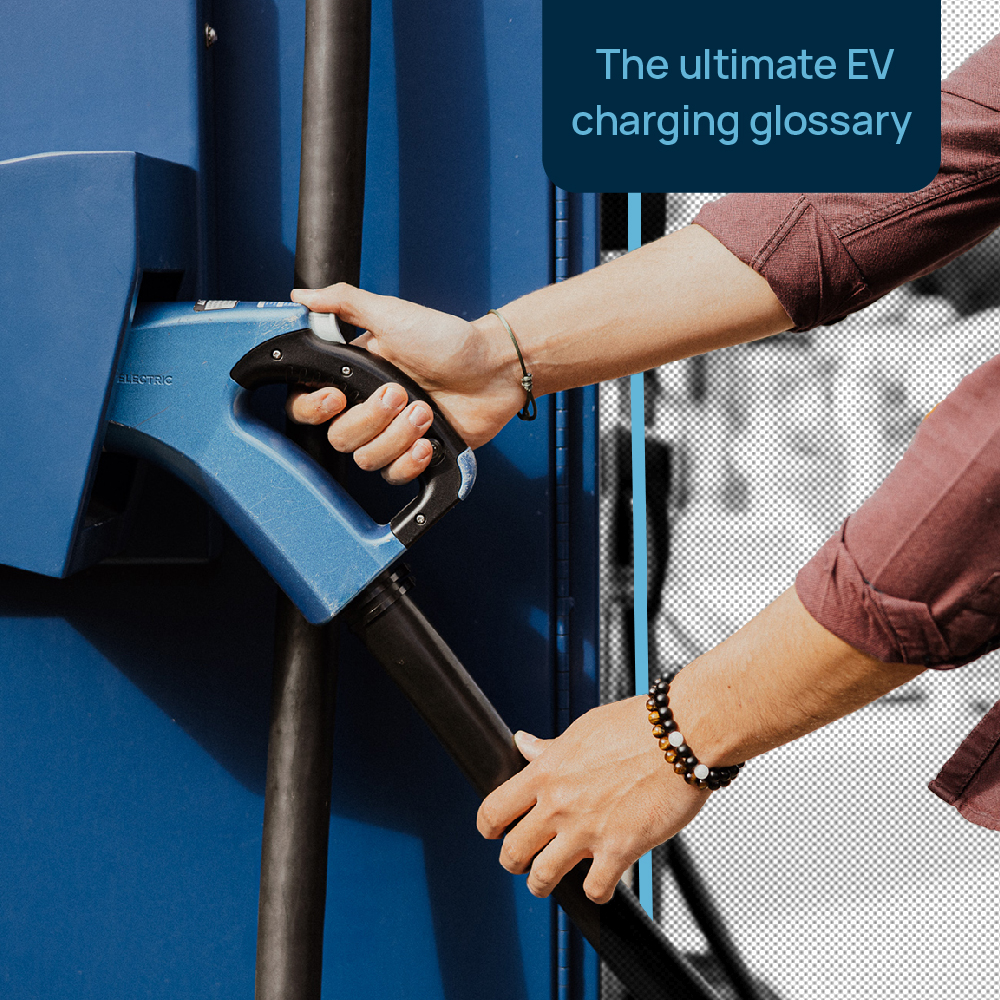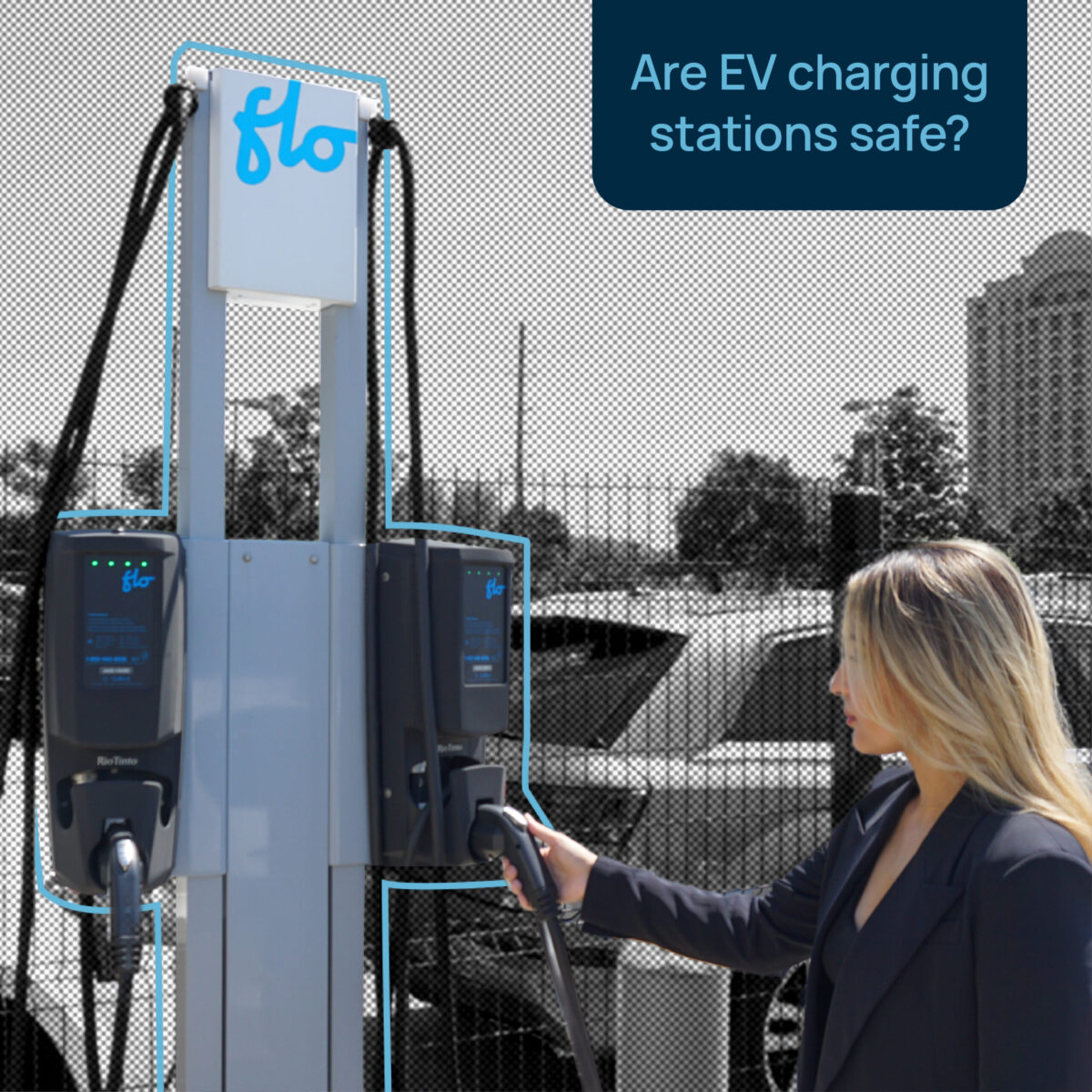By Cory Bullis, Senior Public Affairs Specialist, FLO
Just imagine, you’re test driving an EV and you want to charge at a public station for the full EV experience. When you get to the charger, it isn’t working. You look across the street at a gas station and think, “is an EV really for me?”
This article is the first in a three-part series about the importance of charging station reliability, both for EV drivers and EV adoption. Building and operating stations with high reliability is a core value at FLO® and we believe strongly that governments, EV charging companies, utilities, and site hosts each have a critical role to play in ensuring charging station reliability. But before we discuss that, let’s make sure we have a shared understanding of what reliability is and why it’s important.
Reliability Defined
We can explain reliability with a simple question: does the charging station work when a driver needs it? We think of this in terms of “uptime” – the time a charger is available for use (or is already in use).
From an EV user perspective, there is nothing worse than pulling up to a broken station when they want to charge, and that’s why EV charging providers should work to maximize the uptime of their chargers. “Range anxiety” (fear of running out of battery before you reach a charging station) is a well understood issue in the industry; however, the issue of “charger anxiety” – the fear that a charging station won’t be working when a driver needs to use it – is just as important.
Why is reliability so important?
The answer seems self-evident, given the scenario described above. For public or ratepayer-funded stations, EV drivers are right to expect them to work when they need them to. Let’s dig deeper into some important policy context that has implications for reliability.
First, governments are increasingly pushing drivers to go electric. California has announced it will phase out the sale of gas cars by 2035; Quebec has unveiled a plan to do the same, while the United Kingdom wants to ban them by 2030. Uber and Lyft, respectively, announced last summer their platforms in the U.S. and Canada would both be zero-emissions by 2030.
Fulfilling these goals requires an exponential increase in charging infrastructure deployment everywhere. Knowing this, governments, utilities, and industry are working furiously to deploy stations, and yet we are still falling far short.
Second, there are currently not enough public charging stations to adequately support existing EV drivers and, given the current speed and scale of deployment, certainly not enough to meet the ambitious sales targets set by leading governments. Even California, one of the leading EV policy jurisdictions in the world, is not on track to meet its own stated charging deployment goals. According to its Energy Commission, the state will fall short of its goal of 250,000 public chargers by 2025 by more than 65,000 chargers.
Given governments’ aggressive policies to phase in EVs yet the severe shortfall in charging infrastructure, it can be tempting to say that our only focus should be getting more “dots on the map”, or more charging points, as fast as possible. But that is not long-term thinking. To ensure that people keep adopting EVs, we need to ensure both quantity and quality. In other words, we need more dots on the map, and they need to work. Really well, all the time, or as close to all the time as we can muster. Reliability plays a critical role in quality of charging services and if we don’t prioritize it, we run the risk of creating widespread charger anxiety.
Recognizing this, California’s recently released Zero-Emission Vehicle Market Development Strategy identifies reliability as a responsibility of charging providers and utilities alike, and even suggests the state should track “charging system resilience”. The Northeast States for Coordinated Air Use Management also released its own whitepaper calling for reliability requirements for charging stations.
It’s clear EV charging networks, utilities, and site hosts need to ensure stations are operational and accessible. Getting reliability right can increase consumer confidence in EVs, or, at a minimum, it can avoid serious losses of consumer confidence, especially given the nascent stage of the EV market.
In a survey of EV drivers by fleetcarma (now Geotab Energy), respondents shared concerns about the reliability of charging stations. One respondent said: “we love EV ownership, but we absolutely cannot place any trust in public charging infrastructure. It’s often broken or inoperable…”.
It only takes one bad charging experience for consumers to complain to their friends, family, neighbors or coworkers about the inconveniences of driving an EV, even if most EV drivers have a great experience. Consumers tend to pick up products their social network recommends, in part because they have expertise from using the product themselves. Fortunately, there is plenty that EV charging funders, networks, station manufacturers and site hosts can do to prevent this negativity, and it starts with reliability.
UP NEXT: In our next post, we will explain FLO’s vision for reliability, share our view on a proposed common reliability (uptime) standard, and describe the appropriate standards of uptime for different EV charging use cases.

